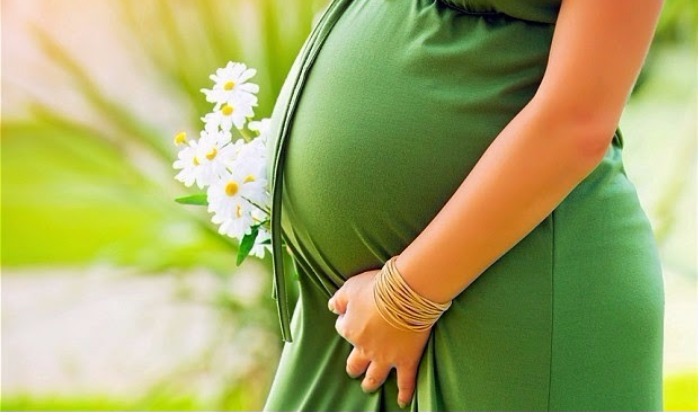Having a baby is a peerless feeling a woman is blessed with. Her first pregnancy brings a mixed feeling of happiness and nervousness. When people around her get to know about her pregnancy, they shower blessings, advice, and all the love.
Herself she sometimes feels overwhelming in the mess of advice, internet and magazine read. In this particular condition, she must know entire things about pregnancy. Here is the perfect guide about pregnancy.
What does pregnancy mean?
The period from conceiving the baby to birth. After the egg is fertilized by a sperm and then implanted in the lining of the uterus, it develops into the placenta and embryo, and later into a fetus.
Pregnancy usually lasts 9 months or 40 weeks, beginning from the first day of the woman’s last menstrual period, and is divided into three trimesters, each lasting three months.
Pregnancy is a state in which a woman carries a fertilized egg inside her body.
How does pregnancy or conception occur?
Before pregnancy two important steps need to take place. An egg must be released during ovulation and it must be fertilized by a sperm cell. Pregnancy actually starts when a fertilized egg implants in the lining of the uterus. It takes up to 2-3 weeks after sex for pregnancy to happen.
Pregnancy is a very complex process which involves many steps. Here we have concluded these complicated steps in three highlighted steps.
1. Ovulation
Hormones associated with the menstrual cycle (period) cause eggs inside the ovaries to mature. Every 28 days or so, one mature egg is released from one of the two ovaries. This is called ovulation.
More than one egg is released, usually within 24 hours of the first egg. After the egg is released, it moves into the fallopian tube where it stays for about 24 hours. The ‘fingers’ at the end of the fallopian tubes help to direct the egg down into the tube.
At the same time, the lining of the uterus begins to thicken and the mucus in the cervix becomes thinner so that sperm can swim through it more easily. If the egg is not fertilized during that time, the egg disintegrates (breaks down) and menstruation (your period) begins 2 weeks later.
Hey Ladies, be aware while disposing of the sanitary pads
2. Fertilization
During sex, sperms are ejaculated from a man’s penis into a woman’s vagina. In one ejaculation there may be more than 300 million sperm. Sperm is contained in the semen, most of the sperm leak out of the vagina but some begin to swim up through the cervix.
When a woman is ovulating, the mucus in the cervix is thinner than usual to let sperm pass through more easily. Sperm swims into the uterus and into the fallopian tubes. Fertilization takes place if a sperm joins with an egg and fertilizes it.
If an egg is less than 24 hours old, it can be fertilized by a sperm. Fertilization sometimes happens when semen has been ejaculated outside but near the entrance of the vagina. Technology can also be used to fertilize an egg, either by inserting semen into the female’s body (artificial insemination) or by fertilizing an egg outside the body and then placing it into the uterus.
Related All about menstrual cramps
3. Implantation
Most eggs are fertilized by a sperm while still in the fallopian tube. During the week after fertilization, the fertilized egg (which is now an embryo) moves slowly down the fallopian tube and into the uterus. This can take 1-2 days. It is already growing.
The embryo attaches itself firmly to the specially thickened uterus lining. This is called implantation.
Hormones released by the embryonic tissue prevent the uterus lining from being shed. This is why women miss their periods when they are pregnant. Many fertilized eggs are never implanted and are flushed out of the body with the next period.
Also, read 9 easy steps to make difference in the woman hygiene
